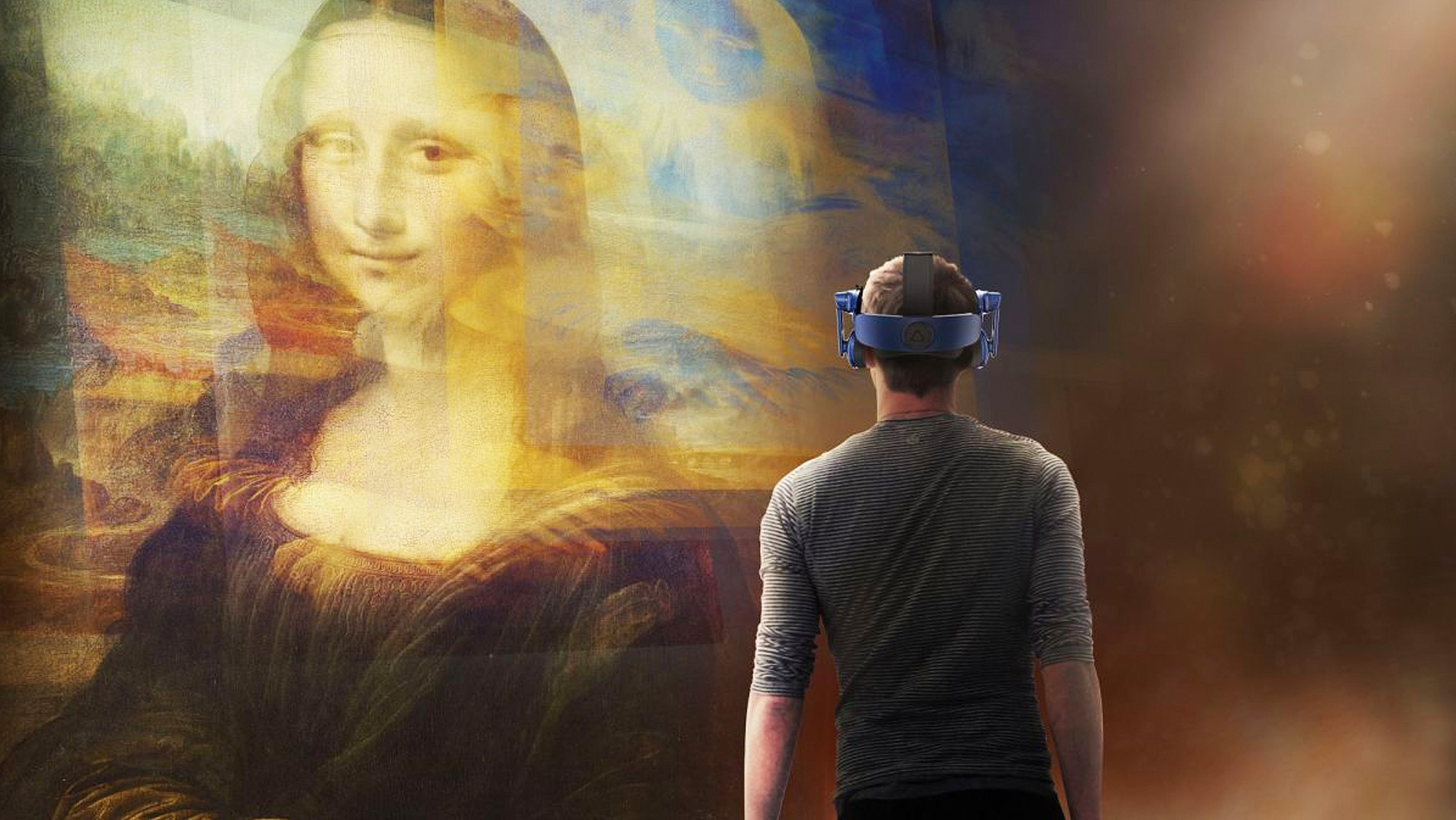Sylvain Levy has been thinking about immersive art experiences longer than most. His collection of Chinese contemporary artwork, the DSL Collection, was built during the burgeoning internet years and, lacking the resources to build a multimillion dollar museum, Levy turned to leveraging digital architecture instead.
DSL has embraced each step of digital transformation over the past 15 years, beginning on YouTube in 2005 before launching a 2D and 3D museum, finding a place in Second Life’s online virtual world, and now presenting parts of its collection in augmented reality (AR) and virtual reality (VR).
With museums propelled by the pandemic into a new phase of digital exploration, Levy reflected on the future of museum experiences at Christie’s Education Global Virtual Conference 2020. The key, he says, is for museums to successfully straddle the boundary between challenging and seducing, educating and entertaining audiences with immersive technologies.
Museums compete in an expanding leisure industry
“Fun is the main reason people go to museums,” says Levy, citing a 2019 Culture Track Survey of 4,000 U.S. museums. Particularly when it comes to reaching younger audiences, this places museums in competition not only with a wide range of leisure attractions and destinations, but emerging spaces blending art and commerce, such as the Museum of Ice Cream or China’s K11 art malls — from which museums might consider taking inspiration for their own retail spaces. The art world has been overtaken by the industry of art, says Levy, noting that teamLab, the art collective that creates immersive art spaces, welcomed more visitors in 2019 than the Van Gogh Museum.
Rethinking exhibitions
Exhibitions must prioritize the general public over curators and art experts. London’s Natural History and Science Museums, for example, are building physical experiences with advice from theater designers to create a more humanistic approach to art. Another imperative is designing exhibitions with social media in mind: “It’s very important for museums to have Instagrammable works, to be able to go viral to bring people inside.”
Going outside the museum walls
“We always speak of immersion inside the walls, but we need to be thinking about how we can extend to audiences outside,” says Levy, describing the need to introduce new revenue channels, including immersive technologies such as VR, to reach people not physically inside the museum. Investing in this area helps connect to three groups; older visitors hindered by physical constraints, young audiences disinterested in museum visits, and distant audiences. A survey from the American Alliance of Museums placed revenue at $8 per visitor and the expense at $53, a model Levy points to as unsustainable for all but destination museums.



